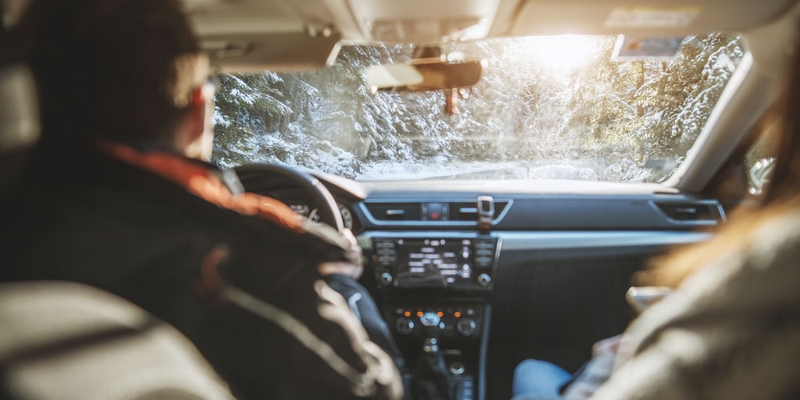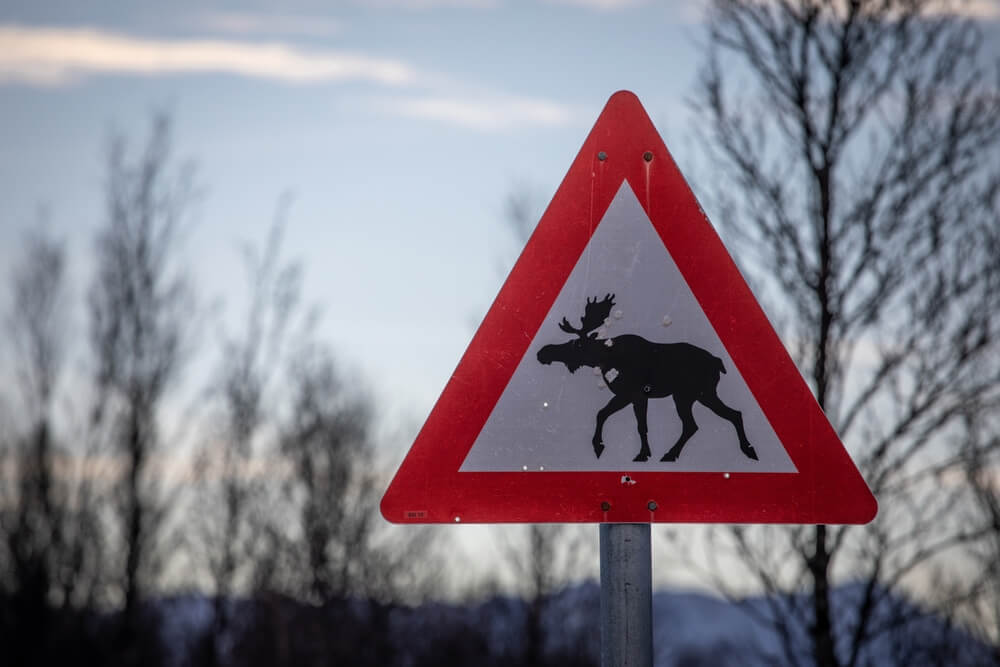
If you are not redirected within 30 seconds, please click here to continue.
Samedi: 10h – 16h HAE

If you are not redirected within 30 seconds, please click here to continue.
If you are not redirected within 30 seconds, please click here to continue.
Catching A Safe Ride During COVID-19: The Right Ventilation Is Key

Most people would agree that getting around during a pandemic is complicated. Grabbing public transit, flagging down a cab, or booking an Uber to go to a medical appointment can now leave us in a cold sweat worrying about contracting the COVID-19 virus or spreading it to others.
Although it has no impact on your car insurance policy, experts say that riding in a car with someone infected poses a far greater risk than being in a grocery store or restaurant with them, simply because of the closer proximity and the smaller, more enclosed space.
It’s virtually impossible to stay six feet apart from others in a vehicle. Is covering your nose and mouth enough? Beyond double-masking, hand sanitizer and disinfectant wipes, what else can we do? The answer is to open some windows. And, as it turns out, which windows you open (and how wide) is also important, according to a study from Brown University.
Assessing the airflow in vehicles
The study examined how the aerosols that we breathe (some of which do escape most masks) tend to move about a car's cabin and how those air flows change with various windows up and down.
Researchers found elevated pressure toward the rear of the vehicle's cabin and suction pressure near the front of the cabin, which is essential when trying to determine which windows to open to move the air away from the occupants and out the windows.
The vehicle used in simulations by researchers was a subcompact car. The occupants sat diagonally from one another, which is a common arrangement in taxis and rideshares. The study also found that opening the windows opposite each occupant created an airflow that drastically reduced aerosols' collection in a car's cabin by helping to create a barrier between the driver and the passenger.
Opening the windows even halfway was as effective as opening them fully. And yes, we know it’s Canada (and often quite cold), but unfortunately, opening them just a crack probably isn’t enough to do much good because it doesn't generate enough airflow. It’s worth noting that increasing the number of passengers in the car or the driving speed could affect the results.
Don't waste time calling around for auto insurance
Use RATESDOTCA to shop around, and compare multiple quotes at the same time.
How to take a cab or rideshare safely
Don’t be afraid to open some windows or ask your driver to do so if you get a cab or hire a ridesharing service. It is one measure that is advocated by Uber, Lyft, and taxi companies on their websites.
All such companies have also taken many other steps to increase safety and cleaning protocols. There are screening questions, mandatory mask rules for both drivers and customers, and a reduced maximum number of passengers. Only the driver is allowed to sit in the front. With ridesharing companies, the option to share rides with strangers to save costs has been suspended for the time being.
Uber and Lyft are also using “mask verification” technology, where drivers take a selfie showing both their nose and mouth are covered by a mask before they begin driving passengers. According to Uber, riders and drivers are both free to cancel a trip without penalty if the other party isn’t wearing a mask.
Many taxi companies have also taken the extra step of installing plexiglass shields into all vehicles to create a partition barrier as a layer of protection between the driver and passengers.
Are you renting a car instead?
You may decide to rent a vehicle instead of riding with strangers. Rental companies have also significantly increased safety protocols. Many have also added curbside rental options to improve social distancing practices and reduce foot traffic inside their buildings.
Enhanced vehicle cleaning procedures include washing, vacuuming, general wipe down and sanitizing with a disinfectant – with special attention given to high-touch items such as key fobs, steering wheels, gear shifts, seat pockets, and door handles. They also have measures in place to immediately isolate and quarantine any vehicle if needed.
When first picking up and driving a rental vehicle, you may decide to drive with the windows open for a few minutes to ventilate the car thoroughly. If you don't want to open the windows, it may be a good idea to run the fan and make sure the vent is set to circulate outside air and not the inside air circulation setting.
When returning a rental vehicle, take care to remove any garbage such as used drink cans, as a courtesy and added safety measure for those who will be cleaning the car. If you or your passengers have tested positive for COVID-19, be sure to inform the rental company so that they can take extra precautions.
If you need to call for roadside assistance
If you are lucky enough to own a car, you are probably not driving it as much during the lockdown. Unfortunately, this may mean that when you finally use your car, the battery may be dead. According to CAA, the colder weather, coupled with reduced usage, has caused an increase in these kinds of service calls. Their advice? Start your car every so often, and let it run for at least 15 minutes, even if it is sitting in your driveway.
If you do find you need roadside assistance, it is still readily available with a few adjustments. There are screening questions before help is sent, and the service person will keep at least six feet away with contact-free service and wear a mask. If possible, put on a mask before they arrive. Many insurers offer roadside assistance; check to see if it is part of your car insurance policy.
Also, if your car will not start and it needs to be towed, alternate transportation must be arranged. You are not allowed to ride in a tow truck during the pandemic.
Get money-saving tips in your inbox.
Stay on top of personal finance tips from our money experts!









